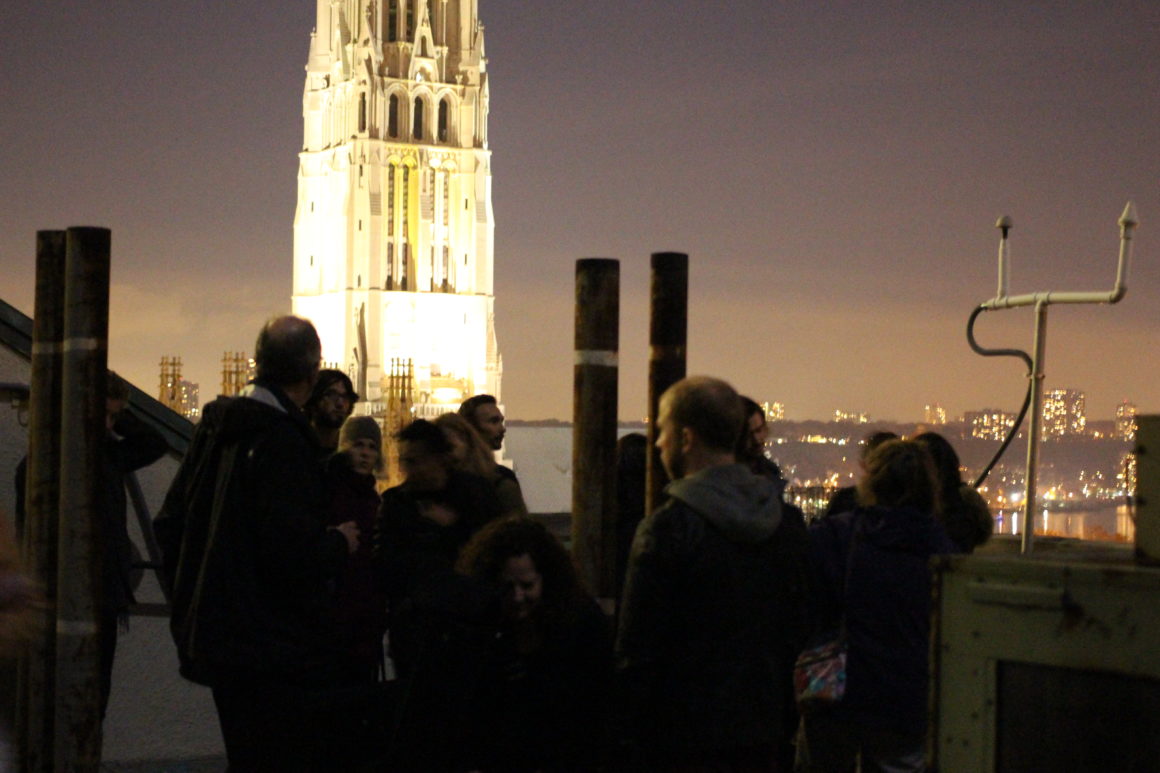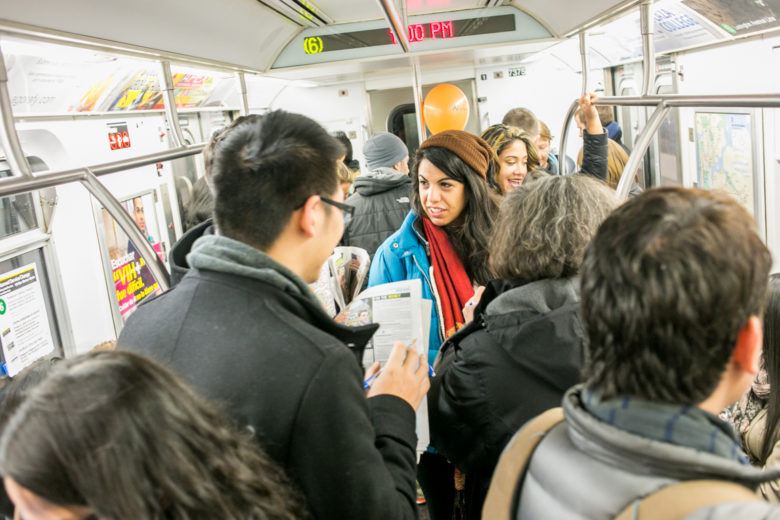
As part of the Let There Be Night event on November 16, 2013, Linnaea Tillett, Founder and Principal of Tillett Lighting Design and Ph.D. in environmental psychology, spoke on how lighting design affects human perception, sharing some of her own work to create a sense of place with environmental needs in mind. Watch the video, and the conversation continues below with more on ecological design, perception and emotion, and escape in the city.
In November, you talked about the challenge of designing with both human and animal habitats in mind. What strategies in lighting design can be used to create environments that enhance well-being at an ecological level?
It’s important for a landscape lighting designer to look at the habitat provided by a particular site—to consider the creatures in the sky, on the land, and in the water—and to come to the client with an understanding of that ecosystem. It allows you to create an environment in which everyone is concerned about habitat. From there, you can shape your design intervention to minimize impact and even enhance the environment. The reality is that it’s rare to have a client that comes to the table and says, “This is a habitat issue.” We do have them, however: for the park we are doing in Calgary, the client included a successful bird habitat as one of the measurements of project success.
How do you think lighting design in public spaces can engage with feelings of overstimulation, fear, or anxiety?
There’s a classic distinction between fear and anxiety, two very different emotions. Fear we feel in the presence of danger—of tripping or of being mugged, for example—and in those cases, lighting can be used to mitigate any real and present dangers. Anxiety is much more diffuse: a feeling of unease, of dread, or the feeling that a place isn’t welcoming. And one way to address that is to create an environment where people see other people having a nice time. That’s not necessarily about adding a lot of light, but rather about using light to bring people to the site, and to engage them with the site. In Syracuse, for example, there was a park that had recently been redone, but was empty throughout the winter. So we put hundreds of mechanical fireflies that twinkled throughout the season. This kind of thing attracts people, and not through a lot of light, but through a little bit of play and enchantment. Generally, I think in terms of what’s appealing, what’s enchanting, what’s magical, and what might create an environment that is hospitable.
You also discussed how lighting design can bring a sense of calm, enchantment, and orientation to a space. Do you see your work as creating places for escape in the urban environment, either physically or psychologically?
On the idea of overstimulation and visual environments—in some ways the visual environments we’re often creating today are more than manipulative; they are controlling. “Look here, see this”—there is something quite dictatorial to much of the visual presence that we’re creating. So to create a sense of refuge or escape, I think you want to design spaces where people can let their imagination run free, where they can relax and think. You want to be more suggestive, to allow people to make choices. We need these quiet spaces where people can close their eyes and provide their own imaginative component. What we need is visual space—a chance not to be forced to look at things.


